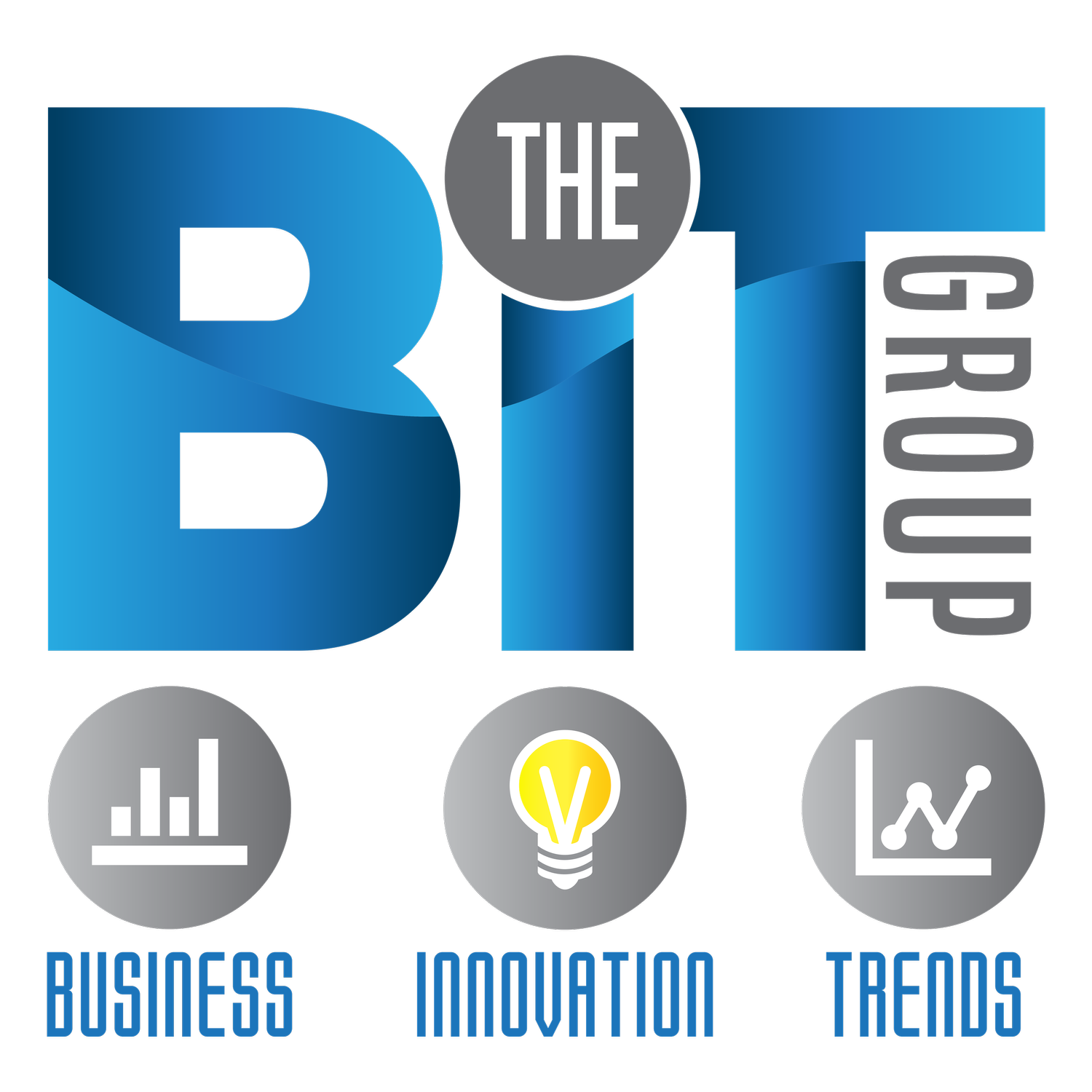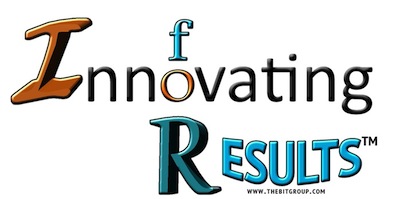So, when I came across a recent interview in which Cuban predicts the number one job ten years from now, I read it with interest. (http://www.msn.com/en-us/money/careersandeducation/mark-cuban-says-this-will-be-the-no1-job-skill-in-10-years/ar-AAn8yA0?li=BBnbfcL )
Cuban sees computer coding, the current in-demand job skill, as having a short half-life because soon computers will be programmed to write better code than humans. So, where will the hot jobs be in ten years, in 2027?
His answer may surprise you: “a new skill will become more in-demand than it ever has been: creative thinking.”
Yes, creative thinking! That means in ten years there will be a rise in the liberal arts majors’ employability, making many parents happy that their “creative” children will at last find gainful employment!
And I happen to agree with Cuban on this. Thinking in many forms—“creative”, “critical”, “innovative”—will be increasingly important in a world that will become more and more automated. This will necessitate exploring new skills that will lead to new jobs and careers. This can be daunting, but as I say in my new book Make Your Own Waves; The Surfer’s Rules for Innovators and Entrepreneurs” the time is now to “Get Wet.”
In business, what can you do to leave the comfort of a salaried job and a secure schedule to venture into the world of the entrepreneur? You can certainly do your due diligence about your ideas. You can network with potential collaborators. You can find supportive mentors. And you can anticipate and face your fears.
A recent McKinsey article on startups offers supportive advice: “How should you tap into Silicon Valley? Not by sticking a toe in the water. Get your management team aligned and then commit.” (27) Commitment cannot be underrated. A friend of mine who is both an entrepreneur and an investor told me once that he is not fond of simulations and all things theoretical. When he recently was asked to teach a business school seminar on “Entrepreneurship” he practiced what he preached. His course offered no set syllabus. Instead, he formed three student teams, and lured them into entrepreneurial waters by giving them each $1,000 and telling them to go start a business. Being “pre-funded” forced them to THINK!
Their businesses were tracked for the whole semester as students reported weekly on their obstacles and victories. For the committed entrepreneur there is no better “training” than doing.











